When Drake first emerged on the hip-hop scene, critics and fans alike focused on his lyrical vulnerability and crossover appeal. Few could have predicted that the same artist who once handed out mixtapes would one day craft a global lifestyle label recognized across music, fashion, and culture. Yet that’s exactly what the Drake OVO brand has become — a cultural movement that stretches far beyond streaming charts.
“October’s Very Own” isn’t just a clever tagline or record label. It’s a carefully engineered ecosystem of music, streetwear, partnerships, and hometown pride that reflects the blueprint of modern celebrity entrepreneurship. The owl logo is as recognizable as Nike’s swoosh, the OVO Fest is as influential as any global music festival, and the clothing drops are as sought after as high-end fashion releases. What began as a crew and a blog has evolved into a brand that rivals the longevity of legacy labels.
Drake’s journey from rapper to brand architect forces us to ask: how does an artist transform personal authenticity into a business empire? The story of OVO isn’t just about one superstar — it’s about how cultural capital, smart strategy, and fearless innovation can turn music into a movement with lasting global resonance.
The Origins of OVO — What Does October’s Very Own Mean?
Before it became a global lifestyle brand, OVO began as something much smaller: a blog and a tight-knit Toronto crew rallying around Drake’s early rise. The name itself — October’s Very Own — was a nod to Drake’s October birthday, but it quickly took on layered meaning. It symbolized ownership, authenticity, and a refusal to let mainstream culture define Toronto’s emerging voice in hip-hop.
In the late 2000s, the OVO blog functioned as a cultural hub for music, art, and fashion — a digital clubhouse where fans and collaborators could glimpse the early Drake brand identity. What set it apart was the sense of community: it wasn’t just about Drake, but about championing the broader Toronto rap scene and the artists who would later form OVO Sound.
Then came the owl. Adopted as the brand’s logo, it was more than a sleek design. The nocturnal symbol captured the duality of OVO: mysterious yet watchful, rooted in wisdom but connected to the energy of youth culture. To wear the owl was to signal belonging — to Toronto, to Drake, to a movement. What does OVO stand for? More than words: it’s identity, pride, and a cultural banner for a new generation.
How OVO Sound Redefined Music Beyond Drake’s Albums
OVO as a Record Label & Talent Incubator
At its core, OVO Sound is more than a vanity project — it’s a platform where Drake extends his influence by nurturing emerging talent. Founded in 2012, the label quickly became home to artists such as PARTYNEXTDOOR, Majid Jordan, and dvsn, each of whom has carved out a distinct lane in contemporary R&B and hip-hop. For fans searching “Who is signed to OVO Sound?”, the answer reflects a roster that blends commercial promise with artistic depth.
Drake plays a dual role here: mentor and strategist. By lending his spotlight and industry connections, he allows these acts to flourish while reinforcing the signature “OVO sound” — moody, atmospheric, and globally resonant. The label’s success has created ripple effects across the Toronto music ecosystem, proving that the city could sustain not just one superstar, but an entire movement. In many ways, OVO Sound isn’t only Drake’s label; it’s Toronto’s calling card to the world.
Signature Sound & Cultural Identity
The “OVO Sound” isn’t just a catalog of beats — it’s a mood. Built on brooding synths, spacious production, and emotionally raw lyrics, it redefined what modern R&B and rap could sound like. Where traditional hip-hop labels focused on bravado or experimentation, OVO cultivated an atmospheric, late-night aesthetic that became instantly recognizable.
Compared to the soulful grit of TDE (home to Kendrick Lamar) or the maximalist creativity of GOOD Music (founded by Kanye West), OVO’s sound is subtler, almost cinematic. It thrives in minimalism, turning vulnerability into a sonic signature. That creative DNA didn’t just shape artists like PARTYNEXTDOOR or Majid Jordan — it seeped into Drake’s global hits, making his music synonymous with this style.
Over time, “OVO Sound” became more than just a label identity; it became an integral part of Drake’s brand language, connecting the dots between his records, OVO clothing, and even his collaborations in fashion and lifestyle.
How Drake Turned Merch Into a Luxury Streetwear Brand
The Rise of the OVO Owl Logo
At first glance, the owl may seem like an unusual choice for a music and fashion brand. But in the world of OVO, the bird has become one of the most powerful icons in pop culture. For those asking, “Why is OVO an owl?”, the answer ties back to symbolism: the owl represents wisdom, vision, and nocturnal energy — qualities that mirror Drake’s introspective lyrics and late-night soundscapes.
Like Nike’s swoosh or Supreme’s box logo, the OVO owl works because it’s simple, instantly recognizable, and loaded with meaning. Wearing it isn’t just about style; it’s a signal of cultural alignment — part fandom, part fashion statement. In Toronto and beyond, the owl has become shorthand for Drake’s movement: mysterious yet aspirational. Over time, this logo has transformed from a local emblem into a global status marker, elevating OVO Clothing from merch to luxury streetwear.
OVO Flagship Stores & Drops Strategy
Walk into an OVO flagship store in Toronto, New York, or London, and the atmosphere feels closer to a luxury boutique than a typical merch shop. Minimalist interiors, curated playlists, and staff styled in OVO gear turn shopping into a cultural experience. For fans searching “OVO store near me” or “OVO clothing release date,” these spaces are more than retail—they’re temples of brand identity.
The real power of OVO Clothing lies in its drop strategy. Limited releases, announced without warning, generate long lines and instant sellouts. This scarcity fuels resale markets, where OVO hoodies and jackets fetch premium prices, further elevating the label’s aura of exclusivity. Customers don’t just buy clothes; they buy belonging to a global community shaped by Drake’s vision. In this way, OVO’s retail strategy transforms fandom into a ritual, blending streetwear culture with luxury sensibility.
The Power of Strategic Partnerships — Nike, Jordan Brand, and Beyond
OVO x Jordan Retro Collaborations
Few collaborations capture the hype of the OVO x Jordan Retro sneakers. Each limited release — from the sleek OVO Jordan 10s to the coveted OVO Jordan 12s — instantly sold out, sparking frenzy in the sneaker community. For fans searching for “OVO Jordan release date,” these drops weren’t just about footwear; they were cultural events.
The shoes combined premium materials, minimalist OVO colorways, and the iconic owl insignia, turning them into status symbols both on the street and in resale markets. With pairs reselling for several times their retail price, the collaborations positioned OVO as a serious player in the global streetwear economy. More than sneakers, OVO Jordans became a symbol of Drake’s ability to merge music, fashion, and exclusivity into a lifestyle statement.
Why Nike Backed OVO Early
Nike’s decision to back Drake and the OVO brand early was as much about business foresight as cultural instinct. At the time, Nike needed a fresh face to capture youth-driven lifestyle markets, and Drake offered a unique blend of global music influence and street-level credibility. Unlike Kanye’s explosive Adidas Yeezy deal or Rihanna’s disruptive Fenty x Puma moment, Drake’s Nike partnership emphasized subtlety and exclusivity.
Instead of mass-market saturation, OVO collaborations focused on limited releases — sneakers, apparel, and special drops that created sustained demand. This strategy allowed Nike to tap into Toronto’s growing cultural cachet while positioning Drake as a long-term brand partner, not a volatile trend. In doing so, Nike helped OVO bridge the gap between music and fashion, cementing its trajectory as a celebrity lifestyle label with real staying power.
Beyond Sneakers — Partnerships with Canada Goose, Apple, and More
OVO’s growth didn’t stop at sneakers. Drake strategically expanded into luxury partnerships that elevated the brand beyond streetwear. Collaborations with Canada Goose produced limited-edition parkas and jackets that blended Toronto’s cold-weather utility with OVO’s sleek design, turning functional outerwear into high-demand collectibles. Similarly, teaming with Apple Music helped Drake secure exclusive releases while positioning OVO as a digital-first music powerhouse.
These OVO collaborations reflect a calculated form of celebrity brand diversification. By aligning with tech giants and luxury outerwear labels, OVO positioned itself not just as a clothing line or record label, but as a cultural ecosystem. Each partnership reinforced the brand’s aspirational appeal, showing that Drake’s empire could extend from the streets of Toronto to global fashion runways and the streaming platforms shaping today’s music industry.
From Toronto to the World — How OVO Puts Canadian Culture on the Map
For years, Toronto was overlooked in hip-hop’s global conversation. That changed when Drake used OVO as both brand and cultural megaphone to spotlight his hometown. Fans often ask, “How did Drake put Toronto on the map?” — the answer lies in how OVO became inseparable from the city’s identity.
Take OVO Fest, the annual summer concert in Toronto. More than a music event, it became a pilgrimage, drawing fans worldwide to experience Drake’s city firsthand. Pair that with OVO’s collaboration with the Toronto Raptors, designing limited-edition jerseys, and suddenly “The 6” transformed into a fashion and sports landmark.
Through OVO, Drake reframed Toronto from a regional hub to a global cultural exporter. The slang, the skyline, and even the weather became part of OVO’s narrative. Each hoodie and owl-emblazoned cap doubled as a badge of local pride and international cool. In weaving his personal story into the brand, Drake turned OVO into Toronto’s unofficial ambassador — a proof point that music and branding together can rewrite a city’s place in global culture.
How OVO Stacks Up Against Other Celebrity Brands
When people search “Is OVO like Yeezy or Fenty?” they’re asking how Drake’s venture compares to the other celebrity lifestyle brands that dominate culture today. On the surface, OVO belongs in the same league as Rihanna’s Fenty, Jay-Z’s Roc Nation, and Kanye West’s Yeezy — all of them musician fashion empires that expanded far beyond music. But OVO’s playbook is distinctly its own.
Where Fenty positioned itself as a socially conscious disruptor in beauty and fashion, OVO has leaned into exclusivity and mystique. Yeezy built its empire on shock value and futuristic design, while OVO focused on minimalist aesthetics anchored by the owl logo. Roc Nation diversified through management, sports, and philanthropy, creating a broad infrastructure. OVO, by contrast, chose depth over breadth — building cultural capital from Toronto outward before going global.
Another difference lies in tone. Rihanna and Kanye’s brands carry bold, headline-grabbing energy. Drake’s OVO, however, reflects a uniquely Canadian sensibility: understated, consistent, and rooted in community pride. That humility has allowed OVO to avoid oversaturation, maintaining a sense of rarity that fuels demand.
In comparing these celebrity moguls, it’s clear that OVO’s strength is less about hype cycles and more about cultural longevity. By threading together music, fashion, and partnerships with a steady hand, Drake has built a brand that doesn’t just compete with Fenty, Yeezy, or Roc Nation — it quietly redefines how artists can scale influence without losing authenticity.
In the Crowd at OVO Fest
I still remember standing in line outside the OVO flagship store in Toronto on a brisk fall morning. The buzz was electric — kids in Raptors jerseys, parents holding coffee cups, fans swapping stories about which OVO drop they hoped to snag. The air carried that mix of excitement and impatience that only happens when a brand has tapped into something deeper than fashion.
Inside, the space felt almost sacred. Minimalist shelves displayed hoodies and jackets like art pieces, the owl logo staring back with quiet authority. Drake’s music pulsed softly in the background, a reminder that this wasn’t just shopping — it was stepping into a world he had built.
That day, I realized OVO wasn’t simply about clothing or even music. It was about belonging. Each person in that line wasn’t buying a hoodie; they were buying a connection to Toronto, to Drake, to a cultural moment bigger than themselves. OVO has mastered the rare balance between commerce and culture, proving that authenticity, when nurtured carefully, can grow into a global lifestyle brand.
The Business of Cultural Longevity — What OVO Teaches About Celebrity Wealth Strategy
OVO has grown far beyond the boundaries of a traditional record label. What began as a crew and a logo has evolved into a form of cultural infrastructure — spanning music, fashion, sports, and global partnerships. This expansion reflects a deliberate celebrity business model, one that treats culture itself as the foundation of brand growth.
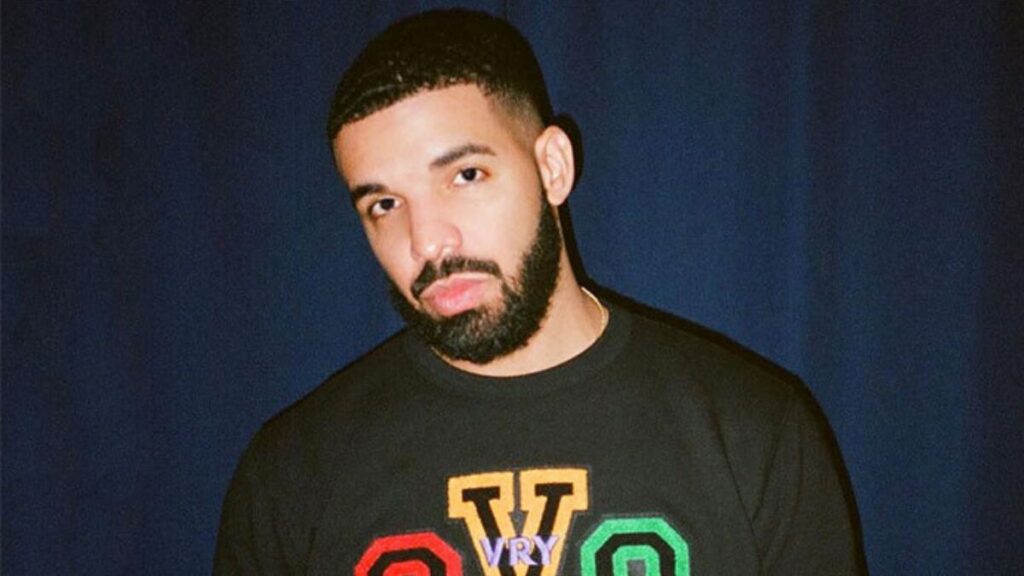
Drake’s genius lies in positioning OVO as both aspirational and accessible. The label incubates artists, the clothing line feeds streetwear culture, and collaborations with brands like Nike, Jordan, and Canada Goose anchor it in the luxury market. This layering of ventures is more than diversification; it’s the architecture of an OVO empire that ensures relevance long after chart success fades.
For the next generation of artists, the lesson is clear: celebrity wealth strategy requires more than endorsement deals. It demands building ecosystems rooted in authenticity, community, and adaptability. Drake’s brand success shows that cultural longevity isn’t about chasing trends but about owning the narrative — and turning personal identity into a global business that outlives the artist’s spotlight.
The Blueprint of October’s Very Own
OVO proves that the future of celebrity entrepreneurship isn’t about quick wins or one-off endorsements — it’s about building a framework that fuses artistry, business, and cultural influence. Drake has shown that a label can become a lifestyle, that a logo can turn into a status symbol, and that a hometown can rise into global focus when woven into a brand’s DNA.
What makes the Drake OVO legacy remarkable is its balance of ambition and authenticity. Instead of chasing every trend, OVO has grown with steady intent — cultivating artists, expanding into streetwear, and forging partnerships that reinforce its cultural weight. It stands as a model of how celebrity-led ventures can achieve true cultural longevity.
For the next generation of moguls, OVO is less a brand than a blueprint: proof that when strategy and story align, a personal vision can scale into an empire. Drake didn’t just build October’s Very Own — he built a lasting template for what celebrity brands can become.
Nishant Wagh is the founder of The Graval and a seasoned SEO and content strategist with over 15 years of experience. He writes with a focus on digital influence, authority, and long-term search visibility.

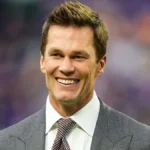
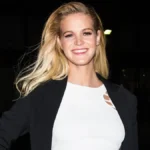
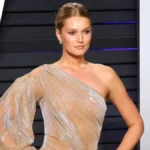



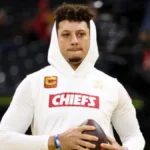

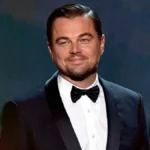
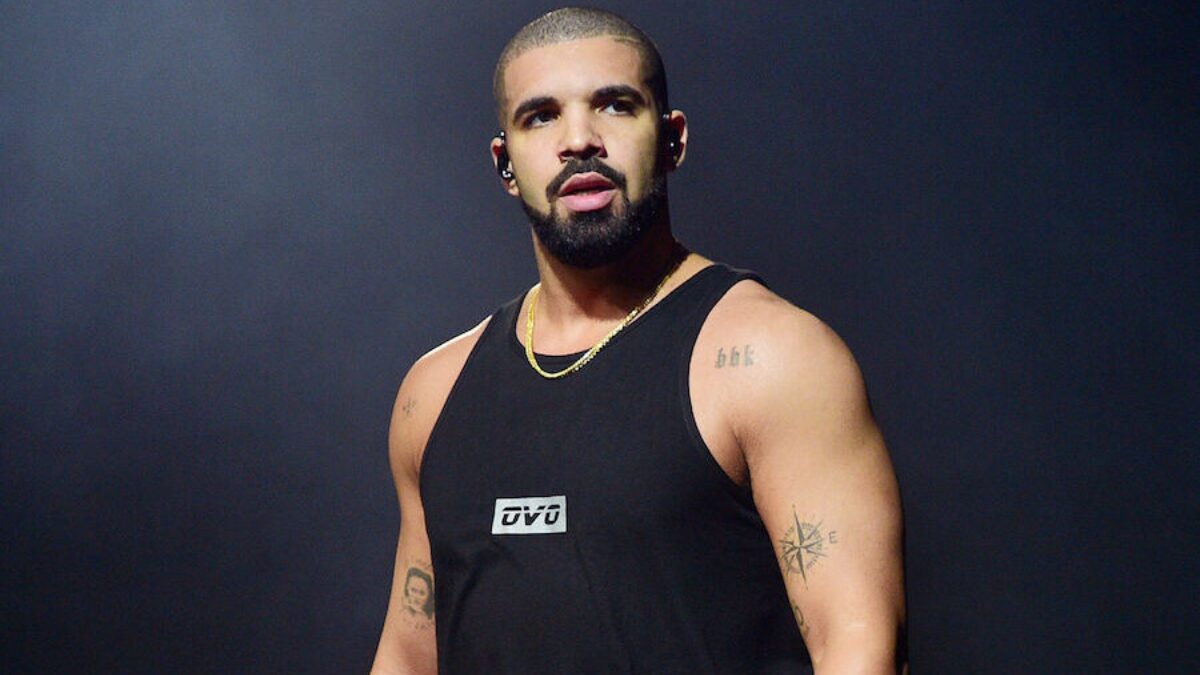
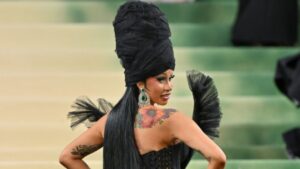
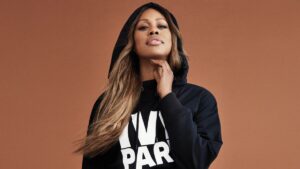
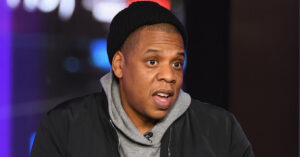
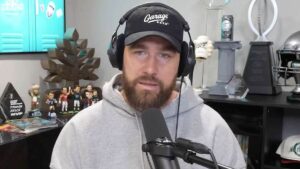
2 thoughts on “How Drake Built OVO Into a Global Lifestyle Brand: Music, Fashion, and Strategic Partnerships”